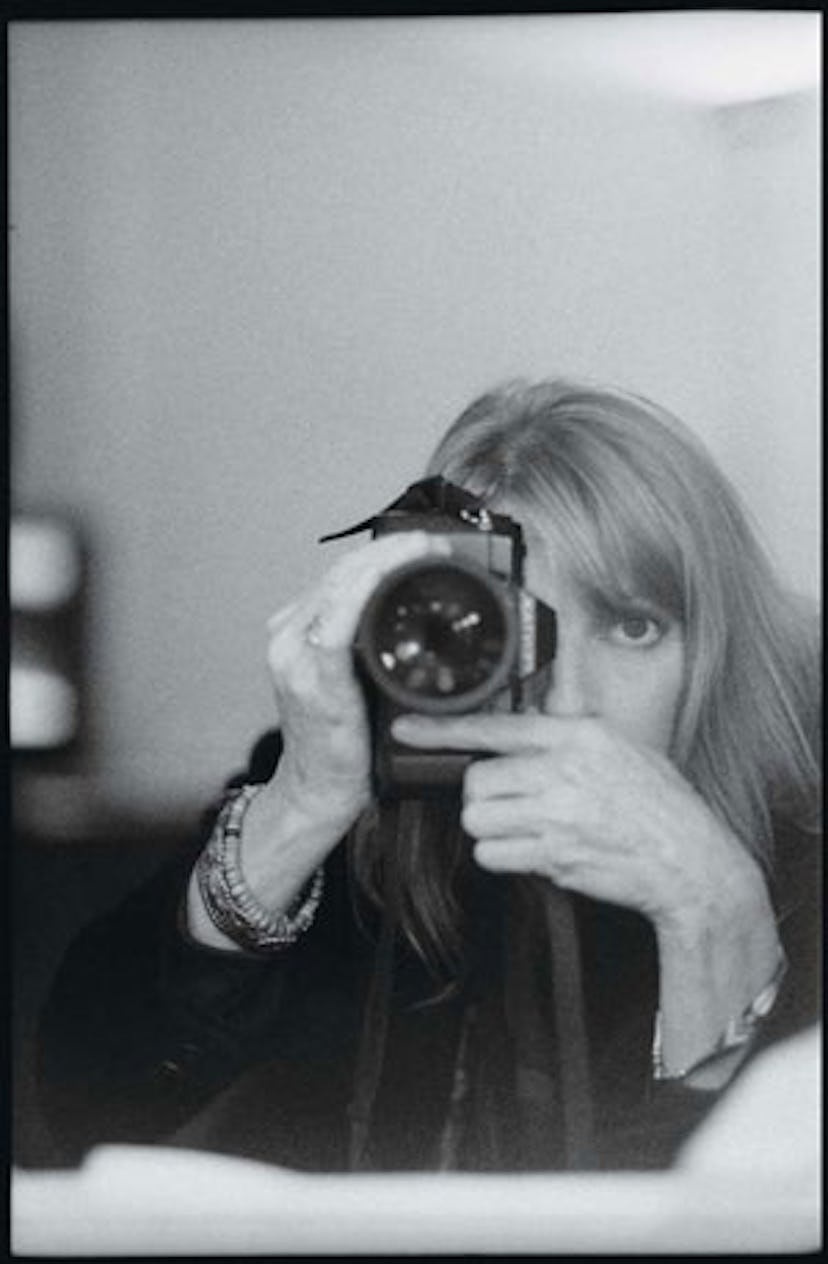Candid Camera

In 1966 Linda Eastman was a receptionist at Town & Country with an affinity for photography when she received her first big break: shooting the Rolling Stones aboard a yacht on the Hudson River. “I thought, Oh, my God, I’m not really a photographer. But I bluffed my way,” she later recalled. Relaxed, unassuming, and often humorous, Eastman’s shots were a reflection of her personality, and they soon led her to a career as one of the top rock ’n’ roll photographers of the Sixties. Of course, the year after her Stones shoot, she fell in love with Paul McCartney, whom she married in 1969 and had three children with. But for the next several decades, until her untimely death in 1998, she continued to capture the world around her, often with a simple point-and-shoot. We asked her youngest daughter, designer Stella McCartney, about her mother’s body of work and Taschen’s massive new retrospective, Linda McCartney: Life in Photographs.
How did this book come about? I was sitting with Benedikt Taschen at a dinner for Jeff Koons, and I just told him that I thought a project on my mum’s photography would be a great idea. Luckily he agreed, and we just went straight to work on it. I think for me, Dad, and [my sister] Mary, it was really a case of breathing new life into Mum’s work and making people aware of how inspirational and contemporary it was. It certainly inspired my work.
How did you turn a life’s worth of photos into a single book? The book’s editor, Alison Castle, spent a long, long time in Mum’s archives. Then she came to us with suggestions, and we started to take away and add accordingly. There were many things Dad, Mary, and I knew about that Alison hadn’t put in, and there were other family things that we felt were a bit too personal, and we didn’t feel right giving too much of that away.
What is it about her photographs that you love the most? They are very honest and very personal—it’s like she’s talking through her work. I also love the sense of humor, and her vision. The ability to capture a moment came very naturally to her.
Did you ever accompany her on shoots? Once or twice; it was great fun, especially as a kid. But her work was so removed from photography today, where you have a hundred assistants in a studio and an entire production process, and you lose the spontaneity and the rawness. It was less about accompanying her on shoots and more about watching her in her everyday life. Her camera really was a part of her.
Photo courtesy of the subject